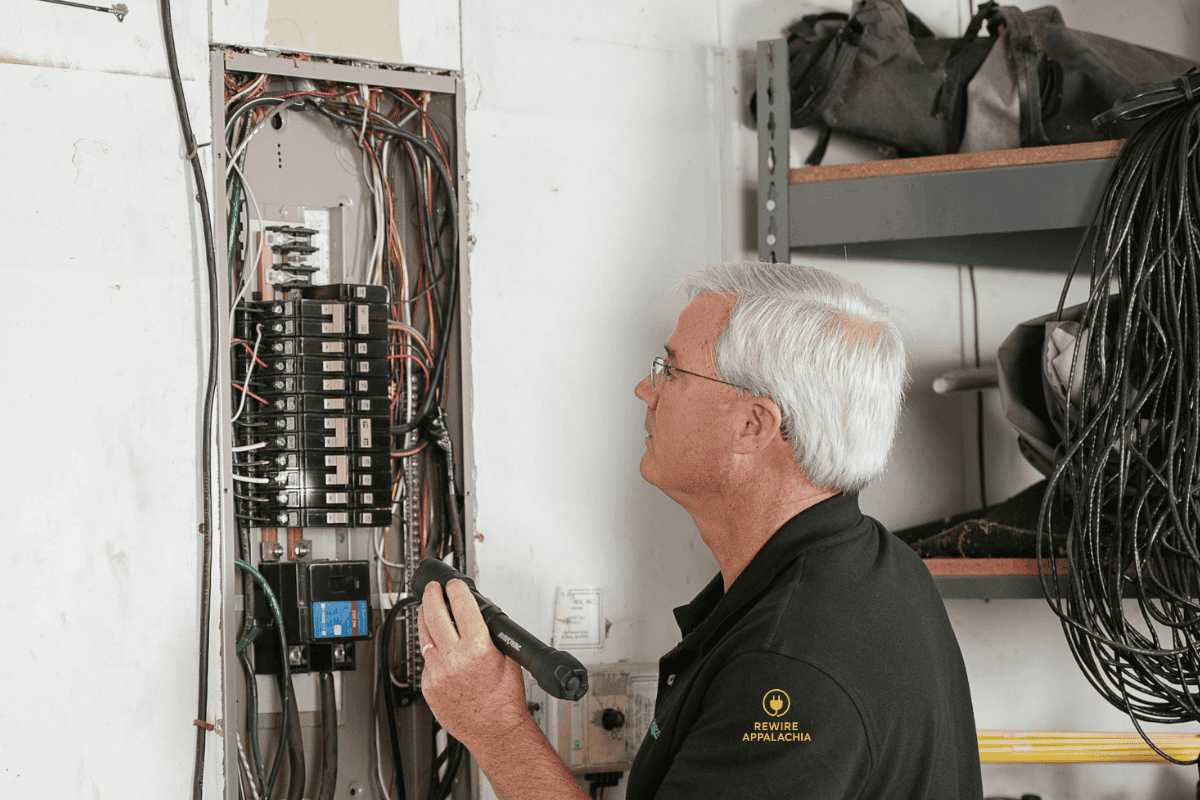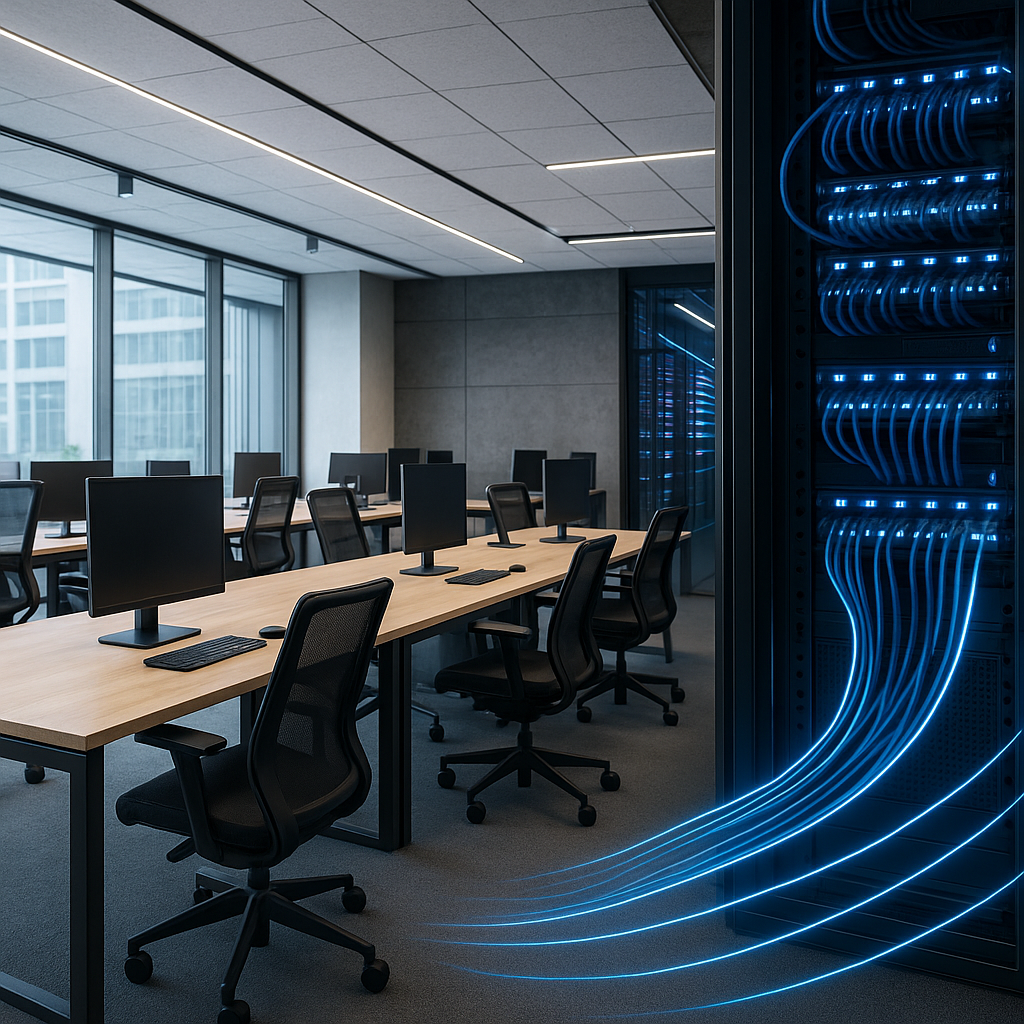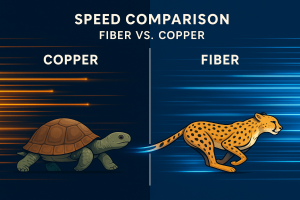According to the National Fire Protection Association, electrical failures or malfunctions are a leading cause of home fires in the United States, accounting for an estimated 46,700 fires each year. These incidents are not only dangerous but also preventable, when proper inspections are performed.
An electrical inspection is a detailed evaluation of a building’s electrical system, covering everything from wiring and panels to outlets and safety devices. It ensures compliance with safety codes like the National Electrical Code (NEC) and OSHA standards, helping to prevent fire hazards, electric shocks, and costly equipment failures. Regular inspections protect both people and property, making them essential for homeowners, business owners, and landlords alike.
By the end of this post, you’ll know exactly what to check in an electrical inspection, why each step matters, and how to ensure your property stays safe and up to code.
The Purpose of an Electrical Inspection
An electrical inspection serves as a critical checkpoint in maintaining the safety and functionality of any property’s electrical system. Whether for a residence, commercial facility, or industrial site, inspections are designed to uncover hidden risks and ensure installations meet the latest safety guidelines.
Safety and Risk Prevention
The primary reason for scheduling an electrical inspection is to identify potential hazards before they result in serious damage or injury. Common dangers include:
- Faulty wiring that may have deteriorated or been improperly installed
- Overloaded circuits which can overheat and trigger fires
- Lack of proper grounding that increases the risk of electric shock
- Exposed or damaged conductors that present direct contact hazards
Routine inspections help catch these issues early. According to OSHA, maintaining safe electrical systems plays a vital role in workplace safety and accident prevention.
Regulatory Compliance
Electrical inspections are not just recommended, they are often required. Standards like the National Electrical Code (NEC) in the U.S. set the benchmark for safe electrical design and installation. These codes are updated every three years to reflect new technologies and safety research. Compliance with NEC and OSHA regulations ensures that buildings are meeting minimum safety requirements and are less likely to fail inspections or face legal penalties.
In commercial settings, inspections may be mandated by local building departments or industry-specific regulatory bodies. Non-compliance can result in fines, shutdowns, or denied occupancy permits.
Insurance and Financial Implications
In states like Florida, insurance companies may require proof of electrical inspection to maintain or renew policies. Failure to comply could result in denied coverage or higher premiums. Inspections also help avoid costly repairs by catching minor issues before they escalate into major failures. For property owners, this translates into long-term savings and peace of mind.
Types of Electrical Inspections
Understanding the types of inspections helps determine what to check in an electrical inspection based on the property’s age, usage, and purpose.
Visual and In-Service Inspections
A visual inspection is often the first step. Inspectors look for:
- Damaged or frayed wiring
- Loose or corroded connections
- Missing or broken covers on junction boxes
- Signs of overheating or arcing
In-service inspections, such as Portable Appliance Testing (PAT), involve testing electrical devices to ensure they are safe to use. PAT includes checking for earth continuity, insulation resistance, and visual wear.
New, Periodic, and Specialized Tests
- New installation inspections verify that newly installed systems meet code before being energized.
- Periodic inspections are scheduled based on environment and usage. Residential properties might need them every 3–5 years, while commercial or industrial sites may require annual checks.
- Specialized tests include insulation resistance, earth fault loop impedance, and RCD (residual current device) testing to verify system integrity during fault conditions.
Residential vs. Commercial Needs
Residential inspections focus on ensuring occupant safety and code compliance. Commercial and industrial inspections are more complex, often involving higher voltages, specialized machinery, and stricter documentation requirements. These facilities may also require thermographic imaging or power quality analysis to detect hidden faults.
Key Items to Check During an Electrical Inspection
A comprehensive inspection involves looking at every major component of the electrical system. Here are the essential items to check during an electrical inspection:
Service Entrance and Meter
- Ensure the service entrance cable is intact and free from weather damage
- Confirm the meter box is securely mounted and properly sealed
- Check for correct grounding and bonding
- Verify that there is adequate clearance around the meter
Main Panel and Subpanels
- Inspect for correct breaker sizes and proper labeling
- Look for signs of overheating, burn marks, or corrosion
- Identify double-tapped breakers, which can lead to overheating
- Confirm grounding and bonding are properly installed
Wiring and Branch Circuits
- Check for proper wire gauge for the circuit’s load
- Look at the condition of insulation and replace brittle or frayed wires
- Ensure wires are securely fastened and protected from damage
- Verify that all circuits adhere to NEC standards
Outlets, Switches, and Safety Devices
- Test all outlets for grounding and functionality
- Confirm GFCIs are installed in bathrooms, kitchens, and other wet areas
- Verify AFCIs are present in bedrooms and living spaces
- Ensure switches operate correctly and show no signs of damage
Conduits, Junction Boxes, and Smoke Detectors
- Check that junction boxes are covered and securely mounted
- Verify that wires inside boxes are properly connected and not overcrowded
- Test smoke and carbon monoxide detectors for operation and battery life
Common Electrical Safety Tests
Beyond visual checks, several standardized tests help evaluate the integrity of the electrical system.
Continuity and Earth Continuity Tests
These tests confirm that the electrical path is complete and that equipment is properly grounded, reducing the risk of electric shock.
Insulation Resistance and Earth Fault Loop Impedance
- Insulation resistance testing measures leakage current through wire insulation. Low resistance can signal deteriorated insulation and increased fire risk.
- Earth fault loop impedance ensures that the system disconnects power quickly during a fault, preventing prolonged exposure to dangerous voltages.
Polarity and RCD Testing
- Polarity tests verify that hot and neutral wires are correctly connected
- RCD testing ensures these devices trip within safety limits when detecting current leakage, protecting users from shock
Inspection Frequency and Documentation
Recommended Intervals
- Residential homes: every 3–5 years
- Commercial buildings: every 1–3 years
- Industrial facilities: annually or more frequently based on equipment load and usage
Documentation and Reporting
Accurate records are vital. Inspectors should provide a detailed report including:
- Test results and observations
- Code violations or safety concerns
- Recommended repairs or upgrades
This documentation may be required for insurance, resale, or compliance audits.
Who Should Perform the Inspection
Licensed Professionals and Third-Party Services
Electrical inspections must be conducted by certified electricians or accredited organizations. In the UK, for example, NICEIC-certified contractors ensure proper training and insurance coverage. In the U.S., OSHA outlines qualifications for workplace electrical inspectors.
The Value of Expertise
Trained inspectors bring more than just qualifications. They understand how to identify subtle issues, such as improper bonding or hidden corrosion, that could go unnoticed by an untrained eye. Their experience helps ensure a thorough, code-compliant inspection that protects occupants and property.
When to Schedule an Electrical Inspection
After Renovations or New Construction
Any time new circuits, panels, or devices are added, an inspection should confirm that the work complies with NEC standards and is safe to energize.
Before Buying or Selling Property
Inspections reveal hidden electrical issues that could affect property value or delay a sale. Buyers can negotiate repairs, and sellers can avoid last-minute surprises.
Routine Preventive Maintenance
Regular inspections help catch wear and tear before it becomes dangerous. Preventive maintenance extends the life of electrical systems and reduces the likelihood of emergency repairs.
Local Considerations: Electrical Inspection in Southwest United States
The United States Southwest’s dry climate and temperature extremes introduce specific electrical challenges. Heat can degrade insulation, and dust can accumulate in panels and junction boxes, increasing fire risk. Local codes may also include unique requirements based on regional conditions.
If you’re located in southern Arizona, scheduling an electrical inspection in Tucson with a company that performs this work, such as Done Rite Services, ensures your property is reviewed by licensed professionals familiar with local regulations. Their team provides thorough assessments for both residential and commercial properties, helping you stay compliant and safe.
Keeping Your Property Safe and Code-Compliant
Electrical inspections are a critical part of property maintenance and safety. Knowing what to check in an electrical inspection, such as service entrances, panels, wiring, outlets, and safety devices, can prevent fires, electric shocks, and costly system failures. Regular inspections also help maintain compliance with NEC and OSHA standards, reduce liability, and support insurance claims.
Whether you’re preparing to sell a home, completing renovations, or simply performing routine maintenance, it’s important to schedule inspections with licensed professionals. They have the tools and expertise to identify hidden issues and provide solutions that protect your property and everyone in it.
Schedule your next electrical inspection today to ensure your system is safe, functional, and up to code.


